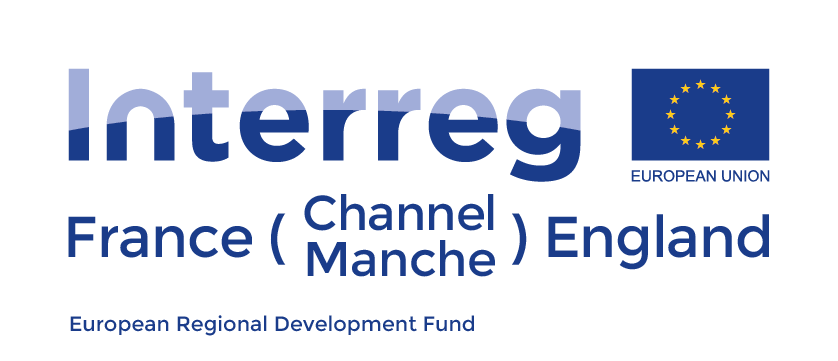Smart and connected electric wheelchair (FRE)
More
Virtual reality driving simulator
More
Technological assistance training package
More
Access of ADAPT innovations to the market
More


The aging of the population and the increase in patients with chronic impairments are two challenges that the European Union must face. These are often accompanied by a loss of autonomy and social ties. In some cases, the use of an Electric Wheelchair (FRE) makes it possible to regain this autonomy and a social life (62/10000 person in FR - 200/10000 in the UK). However, some FRE users suffer from confinement; have difficulty assessing the FRE; and some point to difficulties in choosing the most appropriate FRE for their needs.
In response to these difficulties, studies highlight the key role of Assistive Technologies (AT), Social Assistance Robotics (SAR) and intelligent FREs (JRRD 2008) in meeting the mobility and autonomy needs of people. vulnerable people to re-include them in social life. However, obstacles remain to the use of these innovations (standardization, interoperability, low involvement of end users, lack of training for health professionals on AT / SAR themes, lack of funding model).
To overcome these obstacles, the partnership will be based on a global innovation strategy, based on developments from TRL 4 to 8 and training in AT / SAR. The issues of profitability and standardization of products will be integrated upstream in order to facilitate marketing. Pre / post questionnaires will be proposed during the project to measure the added value of the results and include it in a process of continuous improvement.
The project will be divided into 4 work modules:
More
More
More
More